Farmers and ranchers across the world have a large piece of my heart. However, there is one segment of the agricultural industry that gets more of my love than the others: dairy. I have very real weaknesses for ice cream and cheese. And we couldn’t have either of these delightful treats without milk.
Someone on Instagram asked me a few weeks ago about milk pasteurization, along with the safety and nutrition of raw milk. June is National Dairy Month, so I figured this month I would spend some time talking about the dairy industry and its products. So, here we go!
What, exactly, is pasteurization?
Simply put, pasteurization is the heating of a food product to kill pathogens within it. When it comes to milk, there are a few different types, with various temperatures and timings. The International Dairy Foods Association has a helpful page on the topic, with those different specifications, if you care to check it out. Pasteurization can range from 30 minutes at 145 degrees Fahrenheit to 2 seconds at 280 degrees (ultra pasteurization). Any potentially harmful pathogens can be killed in about the same amount of time it takes to say “Ultra pasteurized.” Food science is incredible!
Hats off to Louis Pasteur, the scientist who this process is named after. We have good ol’ Louis to thank for a lot, as it turns out. He was asked by Napoleon III to study wine fermentation and contamination and developed the process of pasteurization for that industry first. Not only did he provide us with the process to make milk safer and longer lasting, he is credited with basically saving the French wine industry. He also created the first rabies vaccines. You go, Louis Pasteur!
Why do we actually need pasteurization?
Milk can carry many different germs, like Brucella, Campylobacter, Cryptosporidium, E. coli, Listeria, and Salmonella. Just like with any food, there is a chance that contamination can occur any time between production and consumption, but milk has many chances for that contamination. Because there are animals involved, cross contamination from feces, the dairy environment, rodents, and bacteria from the cow’s skin can all occur.
Modern milking practices have significantly decreased many of those contamination issues (milk is no longer exposed to the open air as it leaves the cow, etc.). However, there is still always going to be the potential for bacteria and other germs to find their way into milk. Pasteurization removes almost all of that risk.
Pasteurization and “organic” don’t have anything to do with each other
The popular organic brands you see at the grocery store, like Organic Valley, are also pasteurized. On their website, they list three reasons milk is pasteurized. The first one is “It makes it safer.” They know what’s up. I’ve seen Organic Valley’s little cartons of milk on grocery store shelves, not refrigerated, for years and always wondered how milk can possibly be shelf stable. It’s because of a pasteurization process. They combine Ultra High Heat pasteurization with aseptic packaging and end up with milk that doesn’t need to be refrigerated. To reiterate a point I made earlier: food science is awesome.
Isn’t raw milk better for us?
Raw milk is often touted as a health product with more vitamins and minerals than pasteurized milk, along with being a source of probiotics. That’s not really the case. According to the CDC (and basically every other reputable source), there are some enzymes in raw milk that are inactivated by pasteurization, but they aren’t important for human health. Raw milk also contains more vitamin C than pasteurized milk. However, our diets are (or should be) providing us with wayyyy more vitamin C than we would be getting with raw milk. Also, probiotics can be found in many other sources: kefir, yogurt, kombucha, etc.
What’s the likelihood of getting sick from raw milk?
The CDC has some strong data that shows the potential harm of drinking raw milk. The CDC was made aware of 127 different outbreaks linked to raw milk between 1993 and 2012. There were 1,909 people made sick by those outbreaks and 144 people had to be hospitalized. One of the most concerning parts of the risk raw milk presents is that children are often the ones drinking the most milk. 59% of the outbreaks from 2007 to 2012 involved at least one child under the age of 5. “Children aged 1 to 4 years accounted for 38% of Salmonella illnesses in these outbreaks and 28% of illnesses caused by Shiga toxin-producing E. coli, which can cause kidney failure and death.”
Because of the risks associated with raw milk, federal law prevents the sale of it across state lines (unless it’s destined for a facility that will pasteurize and package it). As of 2016, there are 31 states that do allow the sale of raw milk. Only 12 of them allow it to be sold in retail stores, while the others have laws that allow for the sale direct from farm to consumer. 19 states have a complete ban on the sale of raw milk to consumers, unless it’s for animal consumption.
Here is a great infographic from the CDC that highlights most of this information.
Raw milk just doesn’t seem worth the risk
When we look at almost any animal byproduct we eat, we cook it first to ensure safety. Beef, pork, chicken, eggs – they all have temperature standards to ensure that any potential risks associated are minimized. Most animal byproducts we eat raw still have some safety precaution, like using an acid in ceviche, which can slow down the growth of microorganisms.
There is no guarantee that raw milk is going to make you sick (it won’t, if the bacteria and germs aren’t present), but there is always a higher risk associated with it.
My thought is that it basically boils down to the fact that *not* getting E. coli outweighs the 5 milligrams of vitamin C I could get from drinking raw milk.
Leave a Reply
Previous Post
Next Post
Food companies often use fear and misconceptions to market their product. Enter your email below and you'll have 5 ways to beat them at their sneaky game.
5 Food Label Secrets to Save Big $$$ at the Grocery Store
oh, yes please
FREE DOWNLOAD
The Olive Branch
Offering first-hand perspective on farming and our food supply
Home
About
consulting
resources
Contact
the blog
Follow along on Instagram
@theolivebranch_j
The olive branch 2023 | design by tonic

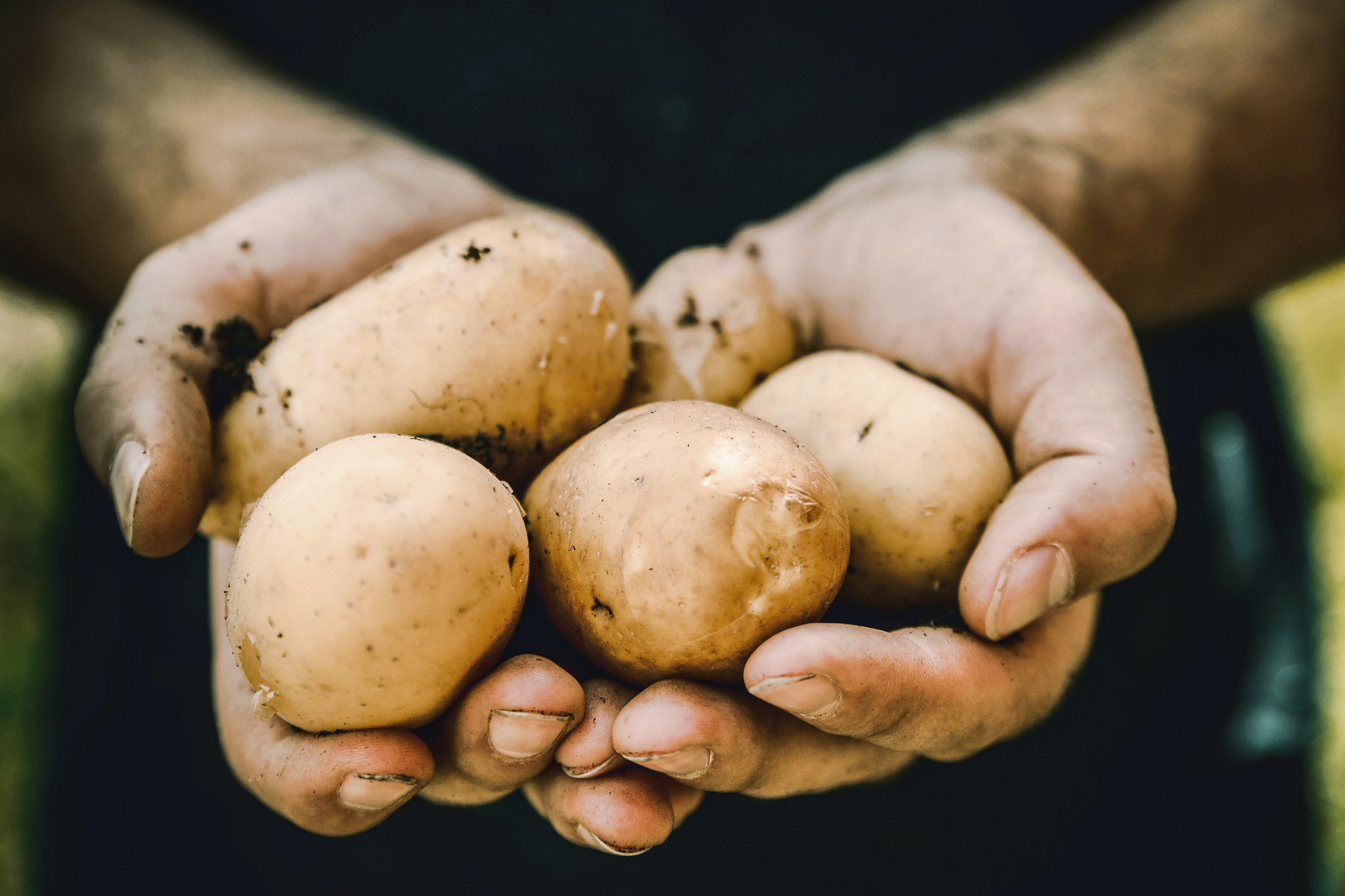
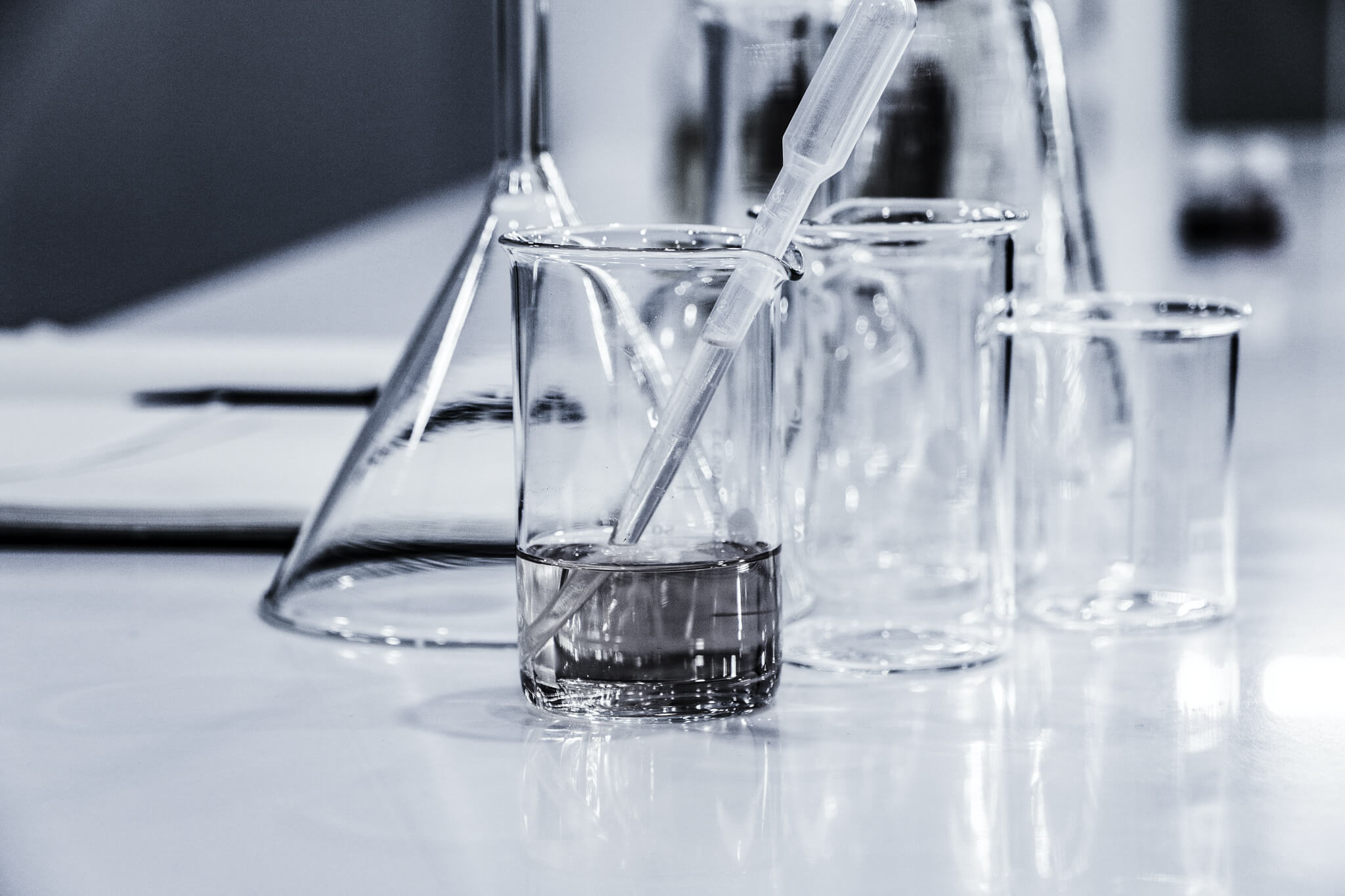
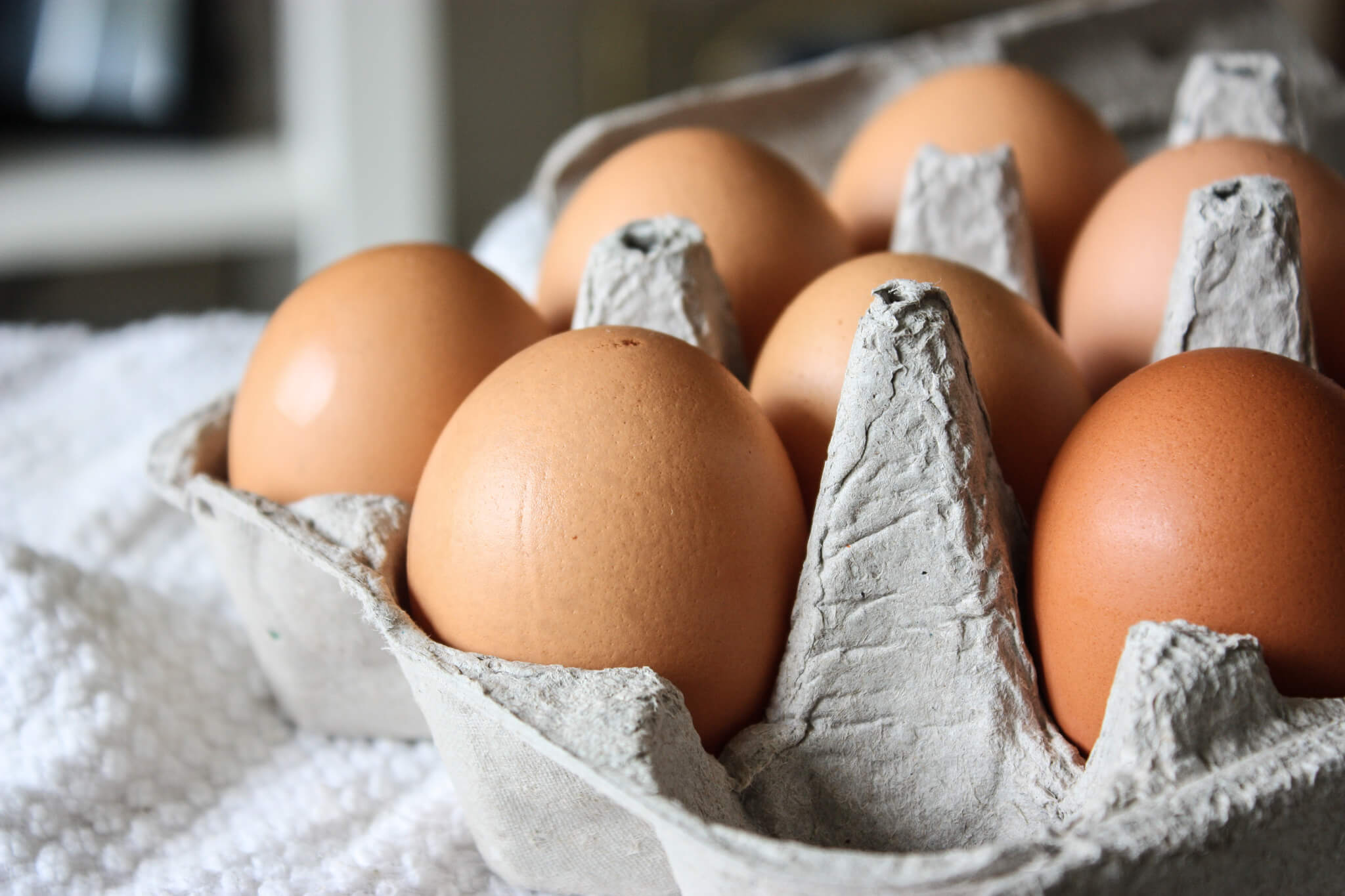
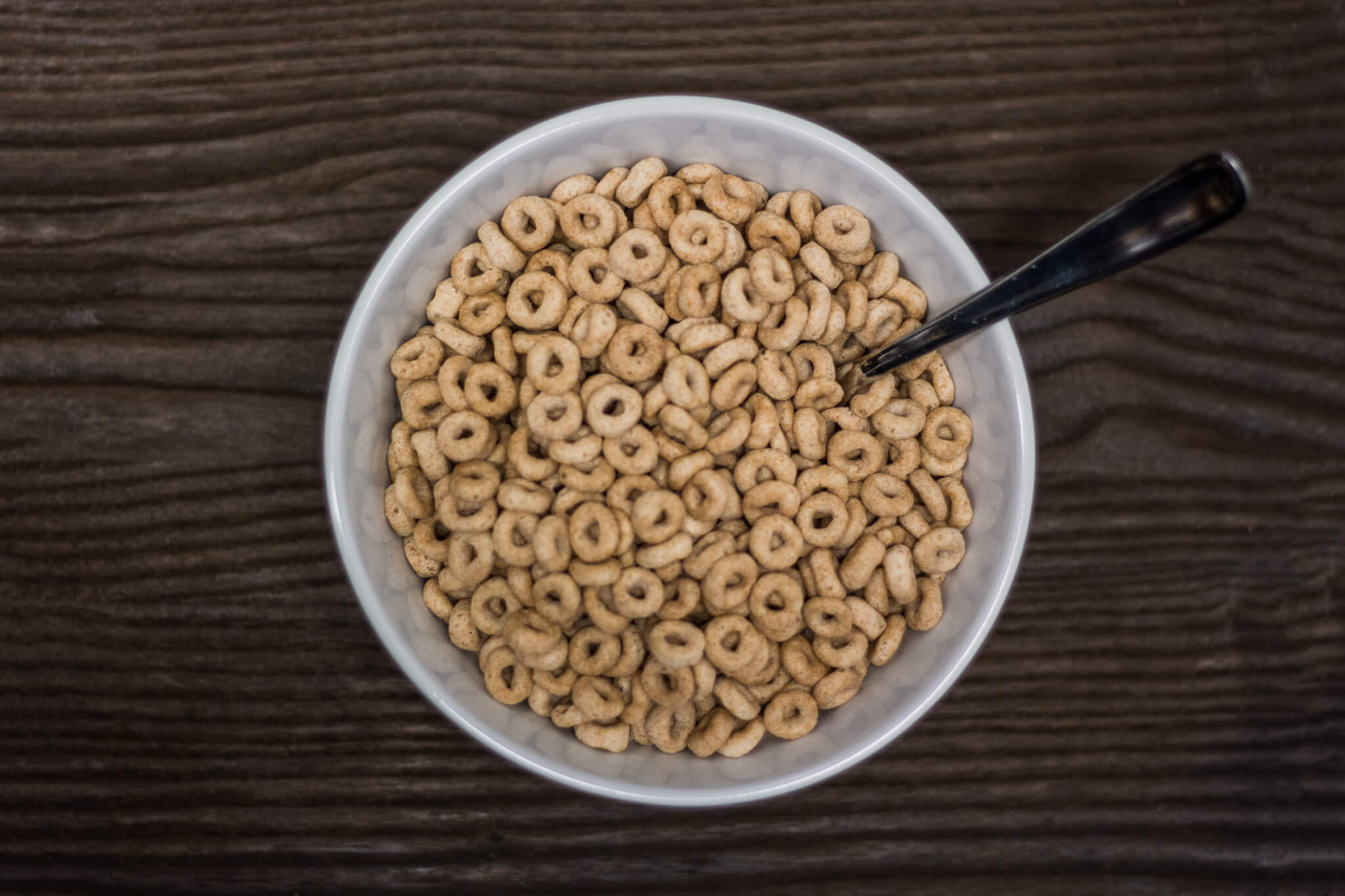
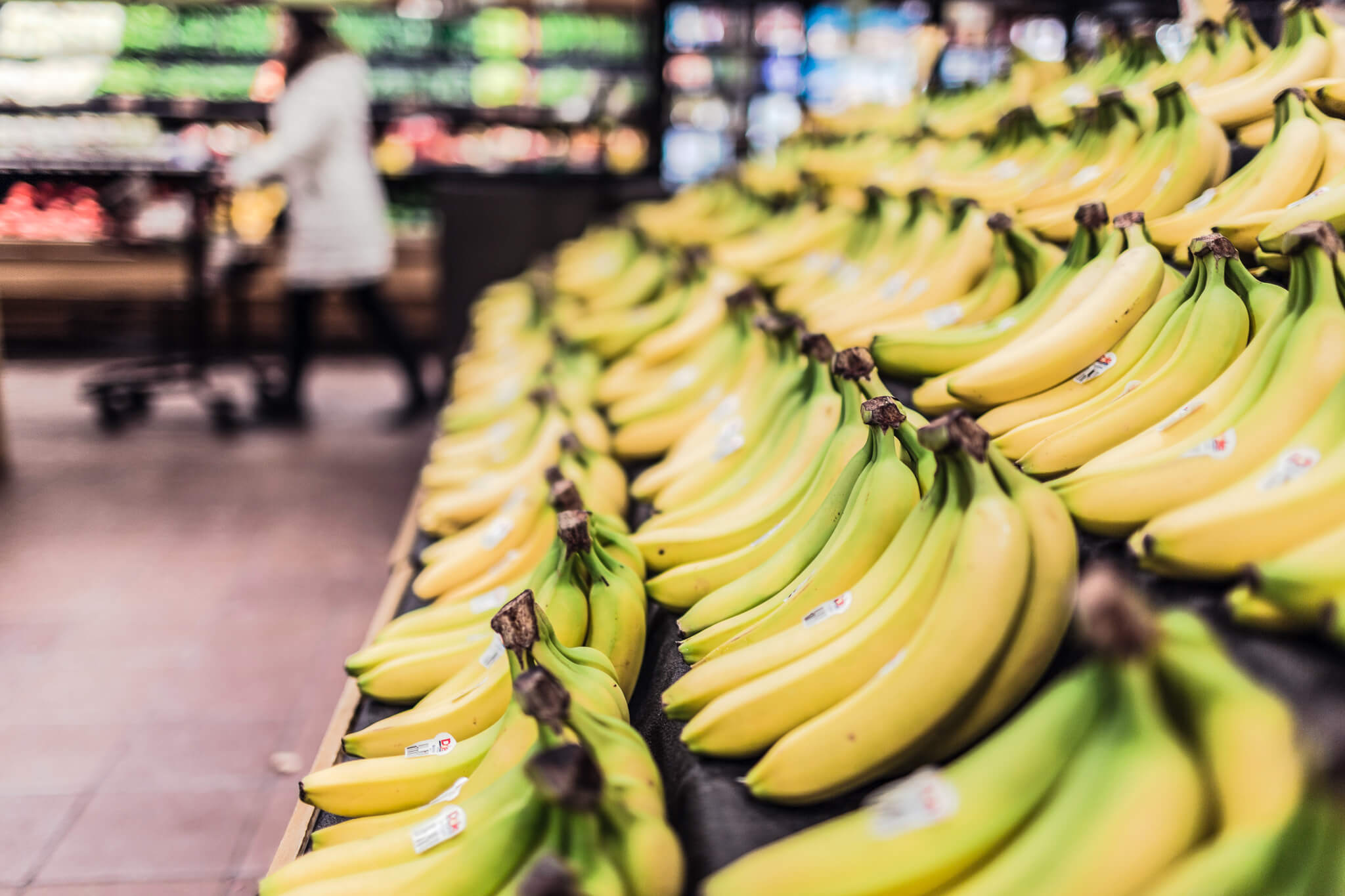
It seems like the risk outweighs the benefit.